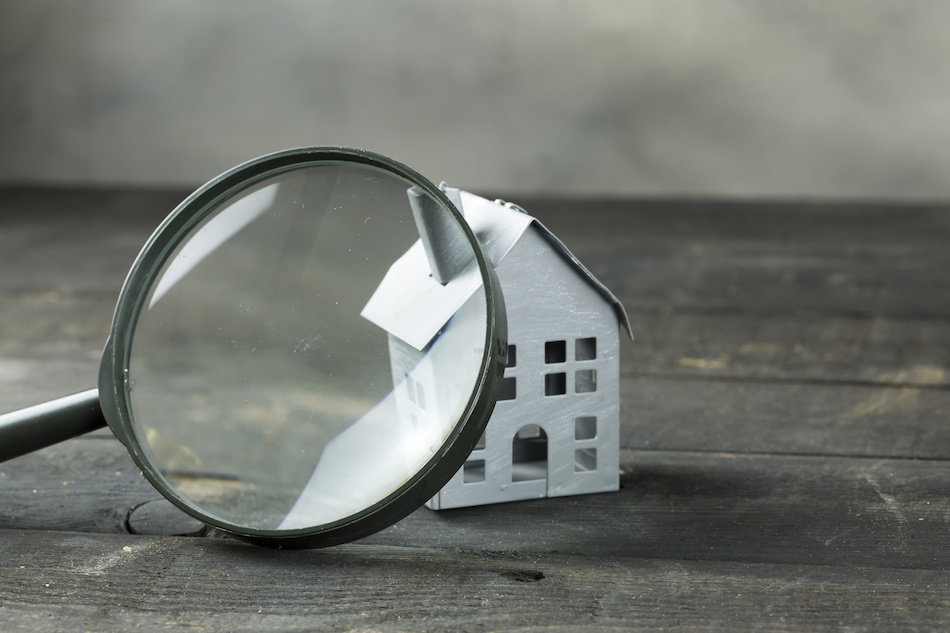5 Tips to Know Before Your Home Inspection
Posted by Justin Havre on Friday, August 3rd, 2018 at 9:51am.
Home inspectors are looking for a variety of structural flaws of a home, but that doesn't mean they know everything. Learn more about how inspections work.
 A home inspector can find potential safety hazards in a home, such as black mold in a bathroom or frayed electrical wiring in the wall. However, inspectors may still miss important elements due to the restrictions of the inspection. For a home buyer to really understand the report the inspector fills out, buyers should keep in mind the following tips when hiring a local professional to look at the home they plan to buy.
A home inspector can find potential safety hazards in a home, such as black mold in a bathroom or frayed electrical wiring in the wall. However, inspectors may still miss important elements due to the restrictions of the inspection. For a home buyer to really understand the report the inspector fills out, buyers should keep in mind the following tips when hiring a local professional to look at the home they plan to buy.
The Exterior Elements
Home inspectors typically start by assessing the outside components, such as the roof and the walls. They're trained to spot sagging lines that may not be instantly visible to a buyer or foundations that may have crumbled over time. They'll even note smaller defects, such as peeling paint or dented siding.
Exterior inspections will typically include the following in their report:
- Joists
- Roof
- Walls
- Floor sills
- Foundation
- Cosmetic flaws
The Interior Elements
The inspector is checking on any element of the interior that may pose a safety or financial hazard to the homeowners. Their job is to note anything they find on the report so a home buyer knows more about the conditions they'll face on a daily basis.
Interior inspections will typically include the following in their report:
- Supply lines
- Distribution piping
- Insulation
- Ventilation/fireplace
- Wiring
Home Inspection Limits
Home inspections aren't done on a pass or fail basis, but rather a general checklist that can be approached in different ways. The better home inspectors will catch the small warning signs that eventually lead to bigger problems. However, no matter how thorough an inspector is, they may still miss dangers lurking where they can't see. Because a home inspector can't change the home, they're not allowed to follow the wiring into the wall or look any further than visible insulation. So even if the visible wiring and circuit panels are in picture-perfect condition, they may still pose a fire hazard if a rodent happened to almost chew through an important connection somewhere along the way.
Buyers Take Charge
Buyers can't eliminate the chances of buying a home with structural damage, but they can reduce the chances by hiring a reputable inspector and doing their own due diligence. A home inspection can take about 2.5 hours, and buyers are encouraged to follow the inspector at every stage of the way. Asking questions is a good way to learn more about the home so the buyer can take additional measures if they so wish. For example, there are specialty inspectors a buyer can hire who only focus on one element of the home (e.g., the septic system, etc.).
Finding Help
Everyprovince has their own official rules on home inspectors, so homeowners should research the rules in their area first. There is no official inspector licensing in Ontario, while inspectors in Alberta have certain expectations they need to meet before going into business. Buyers should also look at the reviews for inspectors regardless of where they're buying.
Even if an inspector isn't all-knowing about the condition of a Riversong home, the right professional should the extra mile for their clients. Once buyers know what a home inspector can and can't do, they stand a better chance of making the right decision on the home.
